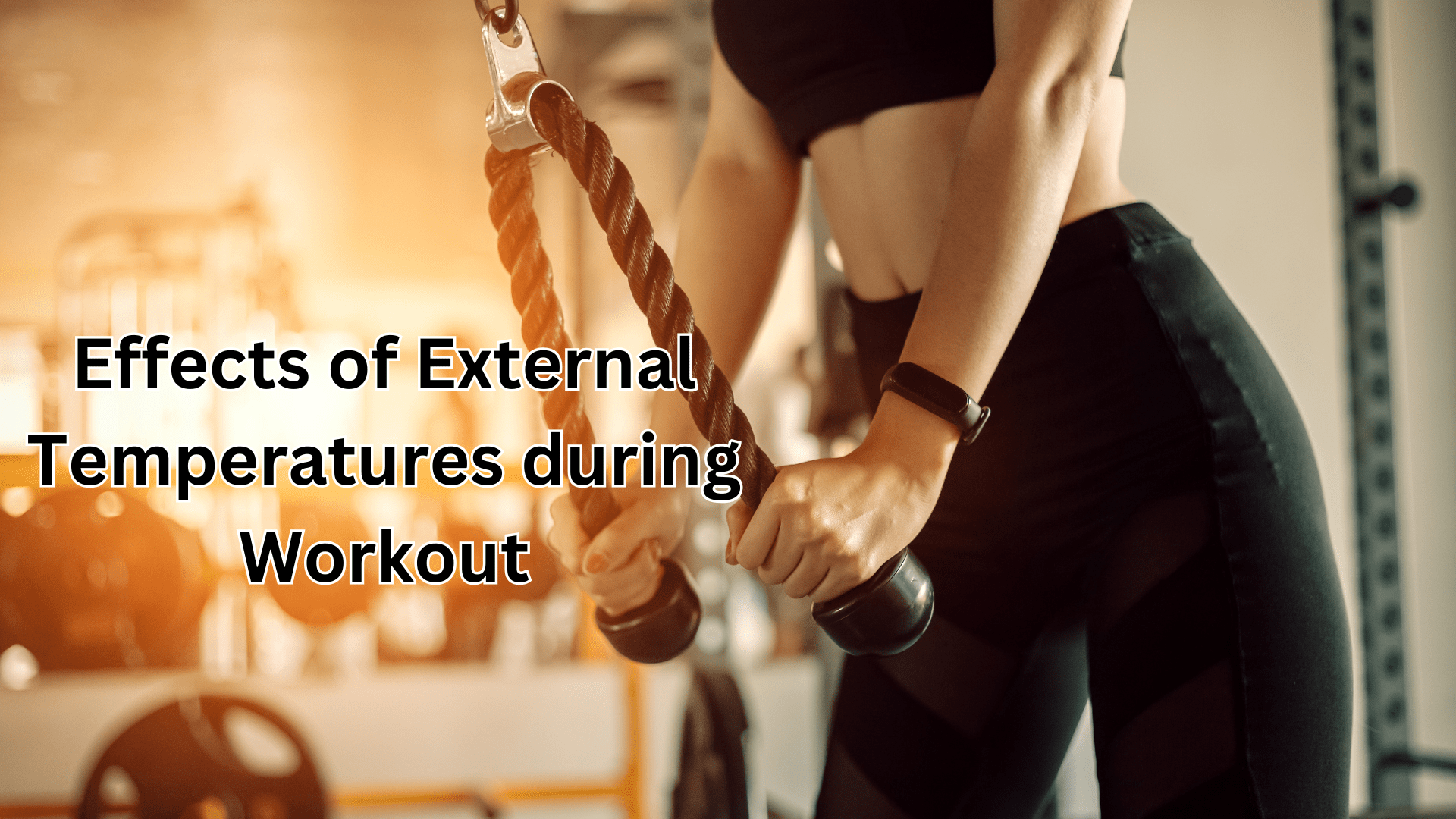
How External Temperatures Affect the Body and Workout Performance
External temperatures play a crucial role in regulating the body’s physiological responses during exercise. Both hot and cold environments influence factors such as heart rate, hydration, metabolism, and muscle efficiency, ultimately affecting workout performance. Understanding these effects is essential for optimising training and preventing potential health risks.
The Impact of Heat on the Body and Exercise Performance
Exercising in high temperatures puts significant stress on the body. One of the most immediate responses to heat exposure is an increase in heart rate. This occurs because the body must work harder to regulate its core temperature, redirecting blood flow to the skin to facilitate cooling through sweating. As shown in the graph, as external temperatures rise, heart rate increases significantly.
Sweat production is another key response to heat. While sweating helps cool the body, it also leads to dehydration if fluids are not replenished adequately. Dehydration reduces blood plasma volume, making it more difficult for the heart to pump blood efficiently. This can lead to early fatigue, reduced endurance, and increased risk of heat exhaustion or heatstroke.
Moreover, high temperatures can impact muscle function. When the body overheats, it prioritises thermoregulation over muscle efficiency, leading to decreased strength and power output. In extreme conditions, prolonged exposure to heat during exercise can cause cramps, dizziness, and even loss of consciousness.
To mitigate these risks, athletes and fitness enthusiasts should stay well-hydrated, wear breathable clothing, and schedule workouts during cooler times of the day. Acclimatising to the heat gradually can also help the body adjust to increased temperature demands.
The Effect of Cold Temperatures on Workout Performance
Cold environments affect the body differently, often leading to increased energy expenditure. When exercising in cold temperatures, the body works harder to maintain its core temperature, increasing metabolic rate. This can be beneficial for endurance activities, as the body relies more on fat stores for energy.
However, cold temperatures also cause blood vessels to constrict, reducing circulation to the extremities. This can lead to stiff muscles and joints, increasing the risk of injury. Additionally, colder air can make breathing more difficult, particularly for individuals with respiratory conditions like asthma.
Muscle efficiency is also compromised in the cold. Lower temperatures slow down nerve signalling and muscle contraction rates, reducing overall strength and flexibility. This can impact performance in high-intensity activities that require quick bursts of energy, such as sprinting or weightlifting.
To counteract these effects, warming up thoroughly before exercise is essential. Wearing appropriate thermal clothing helps maintain body heat, while staying hydrated prevents dehydration, which can still occur in cold conditions due to increased respiratory water loss.
Conclusion
External temperatures significantly influence exercise performance and physiological responses. Hot conditions increase heart rate, sweat loss, and dehydration risks, while cold conditions lead to increased energy expenditure, muscle stiffness, and reduced circulation. By understanding these effects, individuals can take appropriate precautions, such as adjusting hydration, clothing, and workout timing, to ensure optimal performance and safety in varying environmental conditions.




Leave a comment
This site is protected by hCaptcha and the hCaptcha Privacy Policy and Terms of Service apply.